United Nations Educational, Scientific and Cultural Organization (UNESCO) organised the 22nd Annual Consultative Meeting on Large Marine Ecosystems and Coastal Partners (LME22) was held at the UNESCO Headquarter in Paris, France. Taking place from 11 – 13 July 2023, the overarching objective of this consultative meeting was to strengthen LME partnerships, address new challenges and enhance impacts.
LME22 provided a global forum for projects funded by Global Environment Facility (GEF) and other marine and coastal practitioners, partner organisations and institutions to share their experience and lessons learned with respect to ecosystem-based ocean governance and management. Attendees included representatives from a variety of regional seas organisations and fisheries management bodies, international NGOs and local communities.
One of the speakers at LME22 was Dr Handoko Adi Susanto, the Regional Project Manager of the Arafura and Timor Seas Ecosystem Action Phase II (ATSEA-2) Project. Dr Susanto provided an insight into the Project’s journey and recent progress. He confirmed that, following 15 months of meticulous work, the Transboundary Diagnostic Analysis (TDA) update has been endorsed by the participating countries (Indonesia, Papua New Guinea and Timor-Leste). Simultaneously, the Strategic Action Program (SAP) updating process (currently in its fifth month) is progressing steadily, with the first draft reviewed during an Intersessional RSC Meeting.
Dr Susanto also conveyed several crucial lessons learned and approaches developed during the extensive TDA and SAP updating process. He noted that “a clear roadmap, close coordination, good relationships with project stakeholders and adaptive management are vital to coordinating inter-governmental and multi-stakeholder initiatives effectively.” These elements have proved to be the foundation of successful collaboration.

Large Marine Ecosystem (LME) management
Despite the efficiency of virtual meetings, Dr Susanto stressed the indispensable nature of personal interactions, especially in negotiating collaborative priorities among neighbouring nations and stakeholders. He noted, “optimised online platforms, complemented with face-to-face regional workshops, allow us to identify priority transboundary issues and negotiate effectively.”
“Participatory and transparent processes are crucial to gathering wide stakeholder feedback, generating support, nurturing ownership of results, and cultivating commitments for the way forward,” elaborated Dr Susanto, before adding that the engagement of National and Regional Working Groups (NWGs and RWGs) and specialists from both national and regional levels played a pivotal role in this regard.
Dr Susanto explained where the ATSEA-2 Project gets its data, including assessments, reports, and ecosystem studies. These provide the basis for updates to the TDA. Recommendations from previous TDA processes and progress in management plans also influenced the updated SAP.
Collaboration is a key part of the TDA-SAP process. Dr Susanto praised various contributors, including working groups, project directors, and facilitators, for their roles in gathering input and ensuring a smooth process. Facilitators were especially important for handling sensitive issues during SAP updates.
Regarding organisational aspects contributing to TDA-SAP effectiveness, the ATSEA-2 Project has noted a number of critical factors. Firstly, a well-structured work plan and clear timeline have helped to maintain progress; secondly, workshops have been thoughtfully designed and characterised by clearly defined objectives, guidelines and templates to ensure efficiency. Dr Susanto added that achieving a balance between online and face-to-face meetings has improved discussions and negotiations.
During LME22, the ATSEA-2 Project was able to share knowledge and lessons learned from program implementation in the ATS region, while also developing a broader understanding of ocean governance based on the experiences of others present. The process of updating the TDA and SAP has demonstrated that strong partnerships, clear processes, and a clear plan can deliver positive results. The ATSEA-2 Project remains focused on improving the effectiveness of management in the ATS region, by working together with regional neighbours. The LME22 event helped to underline the importance of collaboration to this process, and the future for our oceans.
By Stella Yovita Arya Puteri


